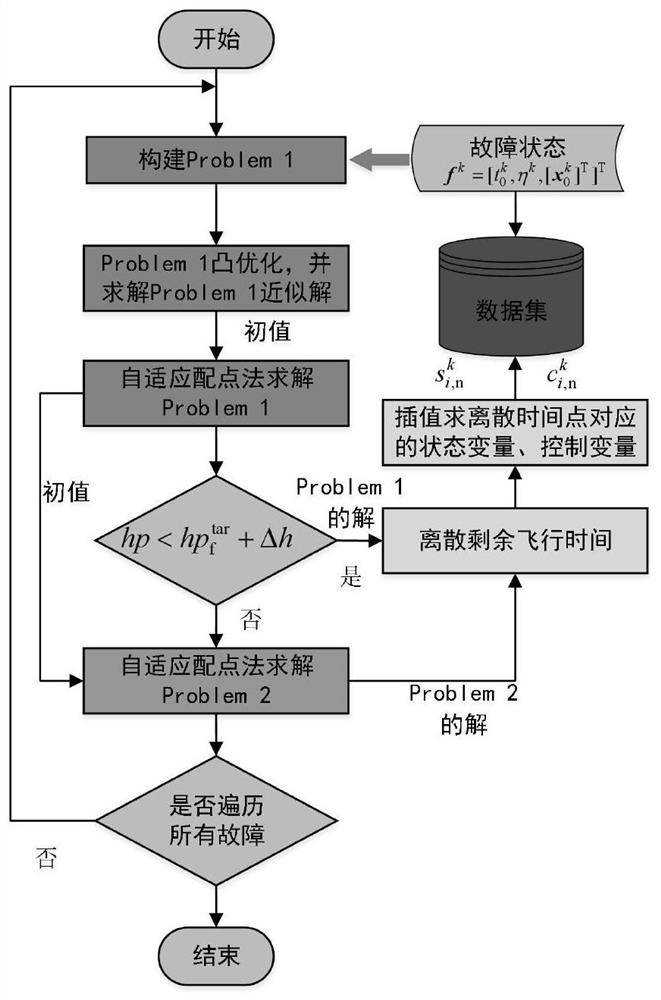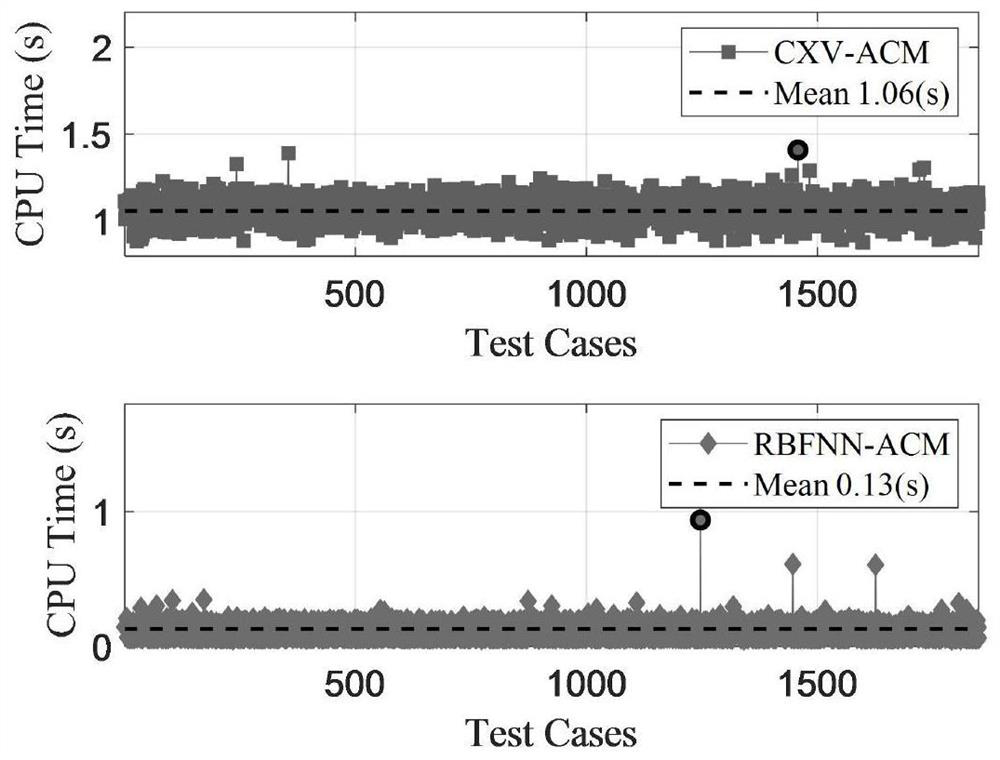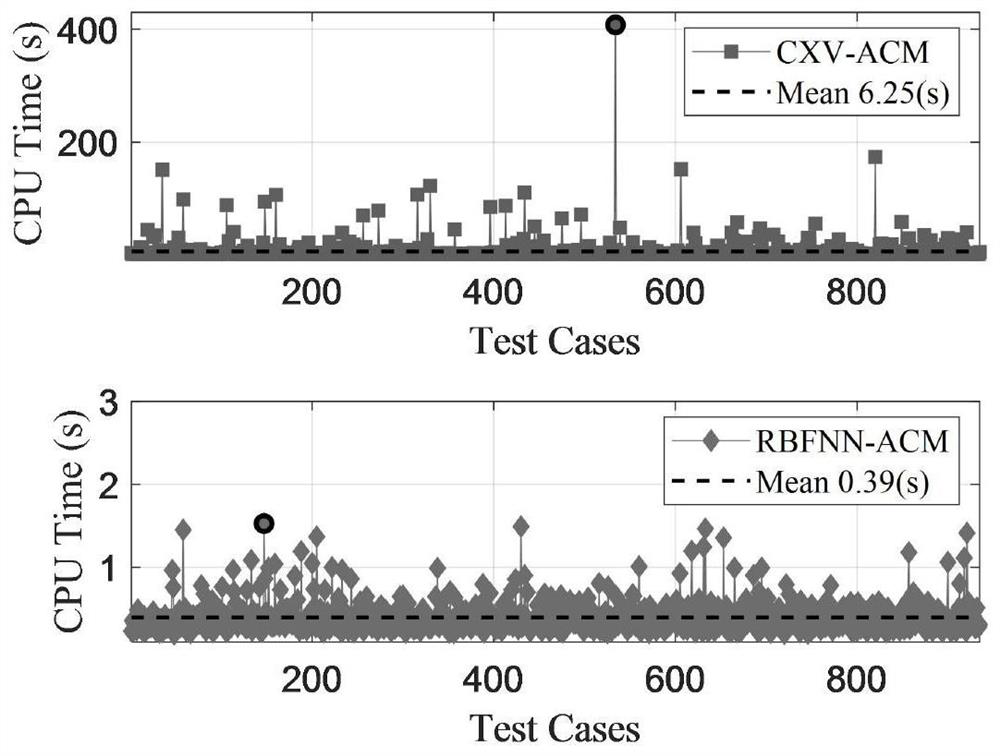Intelligent task reconstruction method for a carrier rocket in an ascending stage under a thrust drop fault
A launch vehicle and thrust technology, applied in the directions of instruments, adaptive control, control/regulation systems, etc., can solve problems such as flight mission failure, thrust drop, and difficulty in completing tasks, and achieve the effect of saving online computing time.
- Summary
- Abstract
- Description
- Claims
- Application Information
AI Technical Summary
Benefits of technology
Problems solved by technology
Method used
Image
Examples
Embodiment 1
[0079] Taking the entire secondary flight phase of the launch vehicle as the research object, the parameters come from the literature Z.Song, C.Wang, Q.Gong, Joint dynamic optimization of the target orbit and flight trajectory of a launch vehicle based on state-triggered indices, ActaAstronaut. , 174(2020) 82-93. The collocation points used in the adaptive pseudospectral method are the zeros of the orthogonal Legendre polynomials. The fault occurrence time of the data set is 0~378s, the step size is 0.5s; the thrust drop size is 12%~30%, the step size is 0.1%. In the data set, 90% of the data is randomly selected as the training set, and the remaining 10% of the data is used as the test set. The diffusion factor of radial basis neural network training is 0.5, and the number of neurons in the final trained hidden layer is 100.
[0080] figure 2 The online calculation time comparison of RBFNN-ACM and CVX-ACM in solving Problem 1 is shown. Compared with CVX-ACM, with the RBFN...
PUM
 Login to View More
Login to View More Abstract
Description
Claims
Application Information
 Login to View More
Login to View More - R&D
- Intellectual Property
- Life Sciences
- Materials
- Tech Scout
- Unparalleled Data Quality
- Higher Quality Content
- 60% Fewer Hallucinations
Browse by: Latest US Patents, China's latest patents, Technical Efficacy Thesaurus, Application Domain, Technology Topic, Popular Technical Reports.
© 2025 PatSnap. All rights reserved.Legal|Privacy policy|Modern Slavery Act Transparency Statement|Sitemap|About US| Contact US: help@patsnap.com



